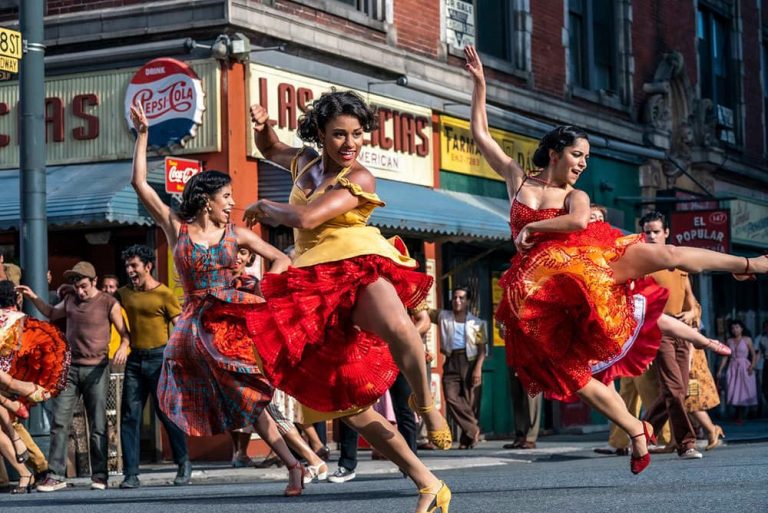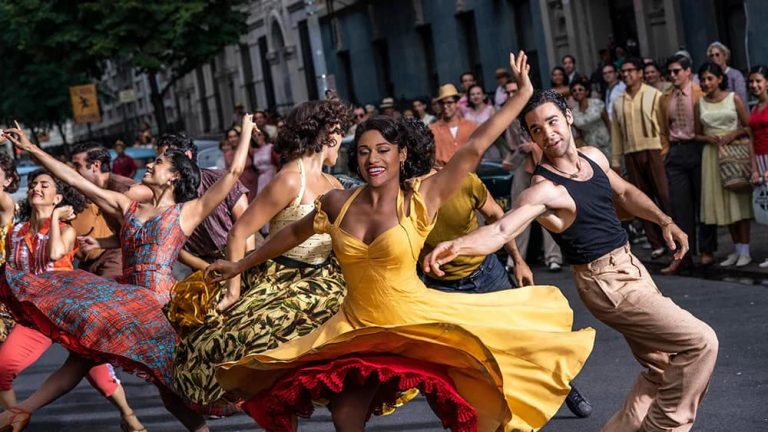The State of the Streetwise City in the Film “West Side Story”.

I saw the movie “West Side Story”.
The film depicts the conflict between a group of Polish delinquents and a group of Puerto Rican immigrant delinquents in western Manhattan, New York City, which is undergoing redevelopment in the late 1950s. I will not comment on the film here. I want to talk about the idea of urban development.
During this period, New York City was being forced to evict common people by the notorious developer Robert Moses, communities were disappearing, and danger zones were springing up all over the city. Moses used his power to the utmost in order to make money, and continued to build high-rise condominiums.
It was Jayne Jacobs who turned against it. She fought thoroughly as a civic activist against the tyranny of Moses. She preached that the city would die from the usury of real estate agents. The poor and immigrants rose up and defended their communities in New York City. For more information, see The Death and Life of Great American Cities (1961).
The musical stage production on which the film was based premiered in 1957.
Western Manhattan in the late 1950s was a town of immigrants and low-income residents, the very place that was destroyed by Robert Moses. It was no wonder that young people, unable to go anywhere in the midst of poverty and discrimination, were engaged in turf wars.
While the 1950s was a golden age for the United States economically and culturally, the mid-1950s through the 1960s was a turbulent time as the civil rights movement was stirred up and the country swung toward the elimination of racial discrimination.
Jayne Jacobs considered the following four conditions to ensure urban diversity.
1. need for mixed use areas (no zoning)
One area should not be limited to a single use, such as a residential or office area, but should have more than one function. This is a critique of modernity.
2. need for smaller blocks (side street culture)
The availability of several routes allows for new discoveries each time. Blocking by large-scale development crushes communities.
3. need for older buildings (value culture and history)
With only new buildings, only profitable businesses can exist. This is a criticism of the renewal of the city at once by redevelopment, and an image of a diverse city that also retains its old buildings.
4. need for concentration (diversity of people)
With high population density, a diverse population of children, seniors, entrepreneurs, students, and artists should live in a compact city.
This idea was not only half a century ago. It is a necessary concept in Japan today. The proliferation of townhouses will eliminate blue skies, shopping areas, and communities, and will lead to the decline of civilization and culture. Tokyo is the place where the shopping district has remained the best because of the inexhaustible existence of subways, without the influence of the car society. For Tokyo to retain its Manhattan-like culture, it is important to have towns along the Chuo Line, Jimbocho, and Akihabara.
Cities must spread out to the left and right, not vertically. Jacobs’ principle is still a necessary condition.






